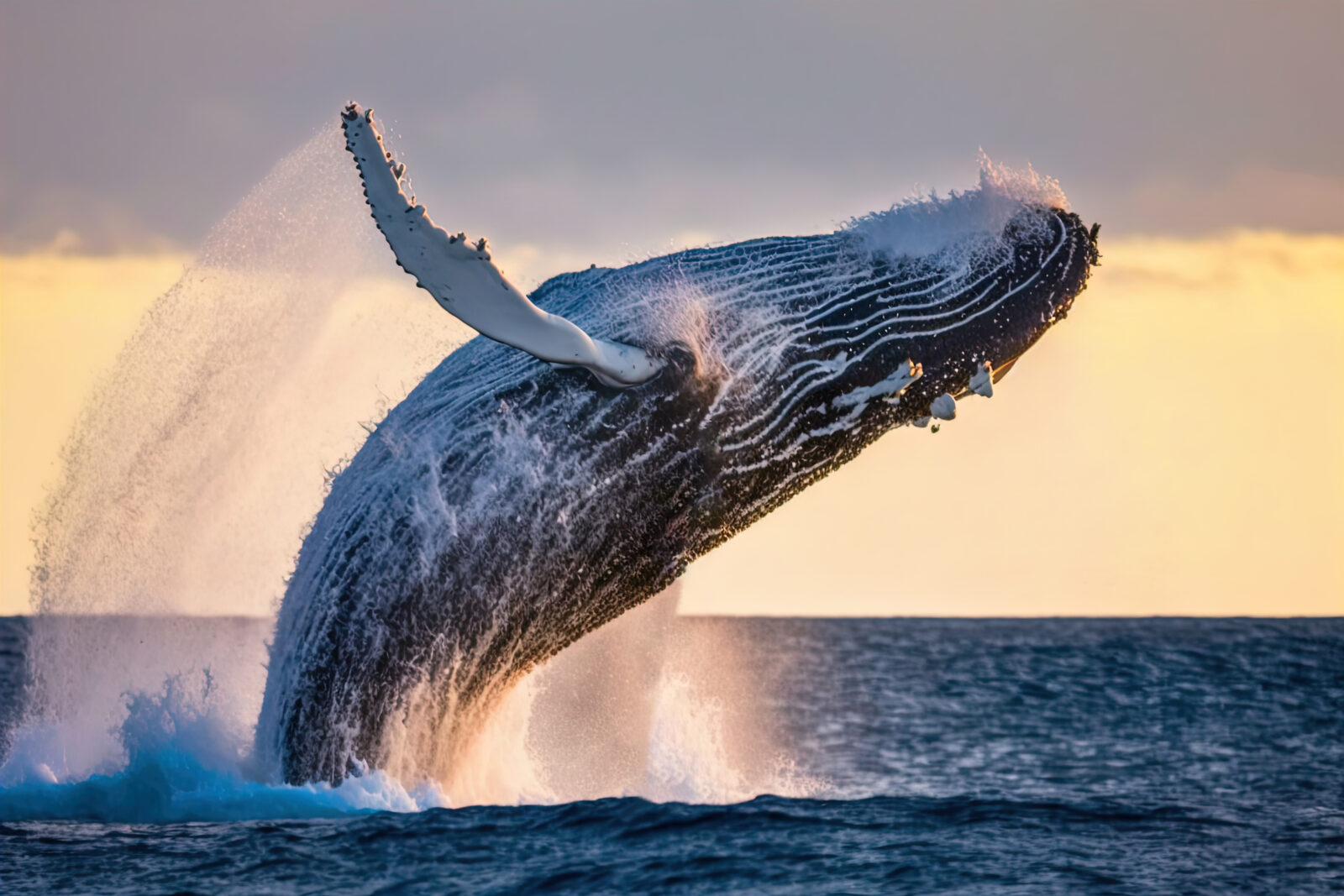


The Pentadactyl Whale Flipper: An Engineering Masterstroke

Emily Reeves Previews Dallas Science/Faith Conference 2022
On this ID the Future, host Andrew McDiarmid sits down with Emily Reeves, one of the speakers for the January 22, 2022, Dallas Science and Faith Conference. The two walk through the lineup of speakers for the conference (Stephen Meyer, Brian Miller, Casey Luskin, Ray Bohlin, and others), tease some of the talks, and discuss how to join the one-day event live, either in person in the Dallas area or online. For more about the conference, slated for this Saturday, and to sign up, go here.

Casey Luskin: Biogeography Is No Friend of Common Descent
On this ID the Future, geologist Casey Luskin discusses biogeography and the problems it poses for the idea of universal common descent. To make it work, evolutionists have to propose, for instance, that old world monkeys rafted across the Atlantic from Africa to South America on a natural raft. Really? That’s some raft. And how did the monkeys not starve to death? Or die of thirst? They couldn’t drink salty ocean water, after all. And talk about a genetic bottleneck! That’s just one of several problems Luskin raises with the idea that all species gradually evolved from a universal common ancestor. In his conversation with host Emily Reeves, he also touches on the problem of convergence, as when two creatures Read More ›

Jonathan Wells and The Comprehensive Guide to Science and Faith, Pt. 1
Today’s ID the Future spotlights a new book, The Comprehensive Guide to Science and Faith: Exploring the Ultimate Questions about Life and the Cosmos, and specifically a chapter by biologist Jonathan Wells titled “What are the Top Scientific Problems with Evolution?” Wells is the guest, and the host is geologist and Center for Science and Culture associate director Casey Luskin, who co-edited the anthology from Harvest House Publishers. In this episode the first problem that Wells highlights concerns homology and convergence. A second problem involves fossils. Darwin anticipated “innumerable transitions” in the fossil record, but such a rainbow of transitional forms has never been found. Not even close. Another problem, molecular phylogenies. Another: the lack of observational evidence that natural Read More ›

Of Natural Selection, Explanatory Deficits, and Bunnies Dark and Light
On this episode of ID the Future we hear the first part of Discovery Institute Education Outreach Associate Daniel Reeves’ talk at the 2020 Dallas Science and Faith Conference. Reeves outlines the meaning of natural selection, and traces its history, starting from Darwin’s early understanding, in the days when cells were viewed as just blobs of protoplasm. Reeves carries the story from there through the neo-Darwinian modern synthesis and into the extended evolutionary synthesis, culminating in a 2016 meeting of the Royal Society on the theory’s continuing — and still unresolved — explanatory deficits.

Dependency Graph, Pt. 2: Winston Ewert Defends His Groundbreaking New ID Model
On this episode of ID the Future, Dr. Winston Ewert continues unpacking his new hypothesis challenging Darwin’s tree of life. Ewert is a software engineer, and his new model is inspired by the coder strategy of repurposing existing code, called modules, for different projects. Moreover, some of these modules depend on other modules, meaning you can generate a dependency graph to better understand the similarities and differences among software programs that share modules. Ewert argues that a dependency graph model better explains the pattern of similarities and differences in the history of life, better than a model of common descent by unguided evolution. As he also explains, the new model is testable in multiple ways.
Read More ›
Winston Ewert Unpacks his New ID Model, the Dependency Graph–Pt. 1
On this episode of ID the Future, guest host Robert J. Marks talks with Dr. Winston Ewert about Ewert’s groundbreaking new hypothesis challenging Darwin’s common descent tree of life. The new model is based on the well-established technique of repurposing software code in different software projects. Ewert, a senior researcher at Biologic and the Evolutionary Informatics Lab, describes the nested hierarchical pattern of life and how any credible theory of life’s origin and diversity must explain it. He then describes how Darwin’s basic theory fits, and doesn’t fit, the pattern, and the various ancillary mechanisms invoked to close the gaps. These patches include horizontal gene transfer, convergent evolution, and incomplete lineage sorting. Ewert then cues up what he argues is a better, more elegant hypothesis, the common design hypothesis laid out in his peer-reviewed technical paper available here.
Read More ›